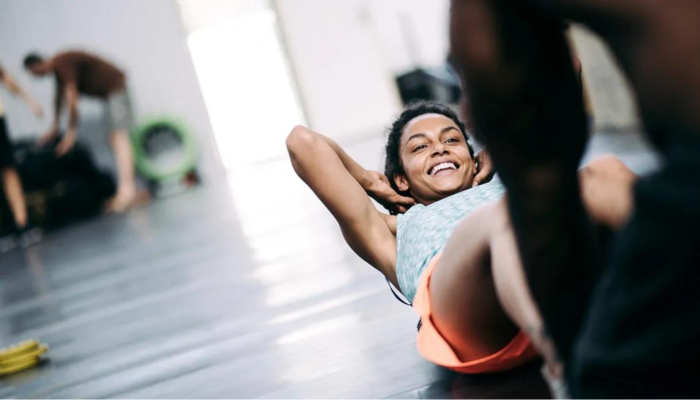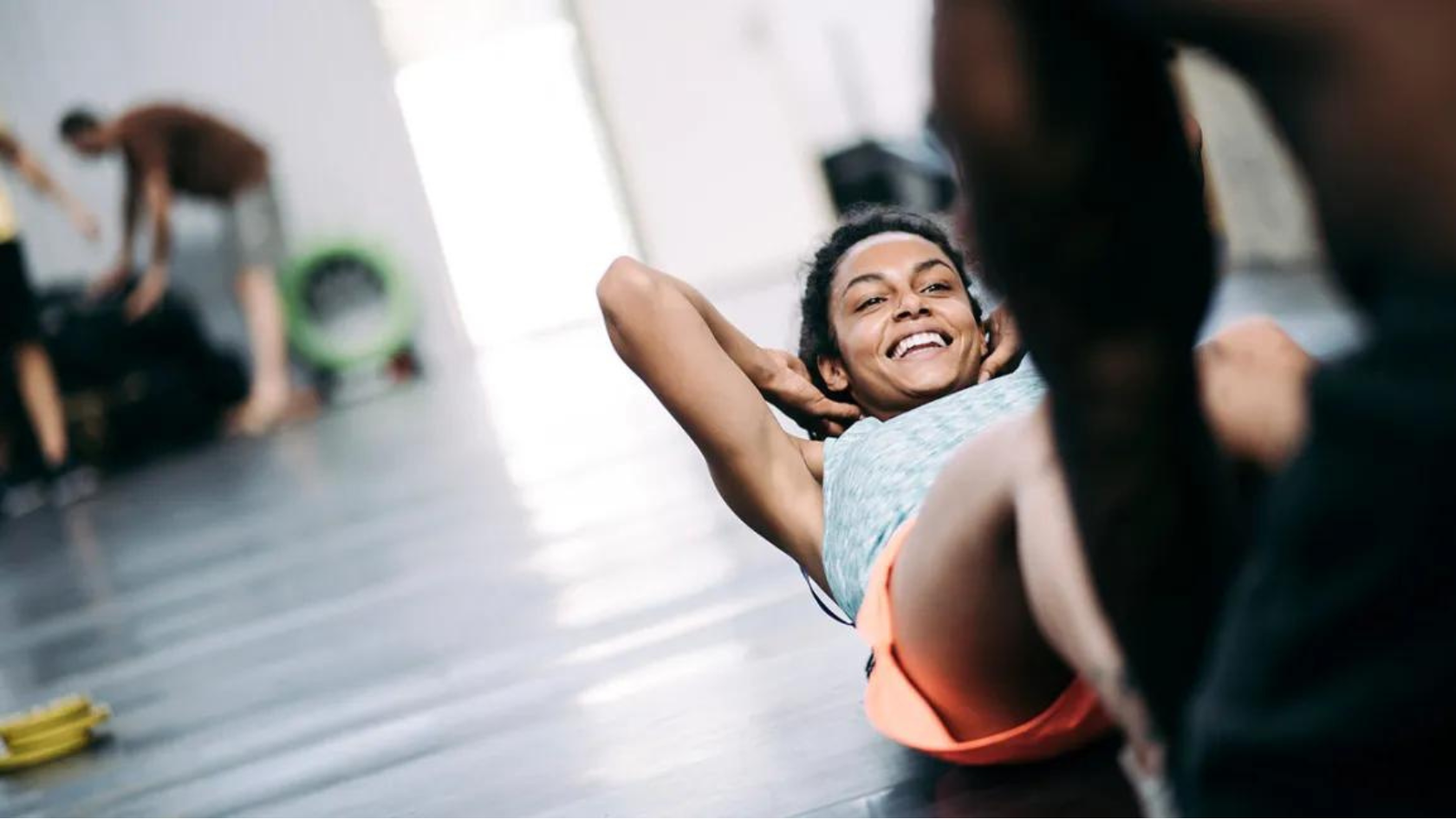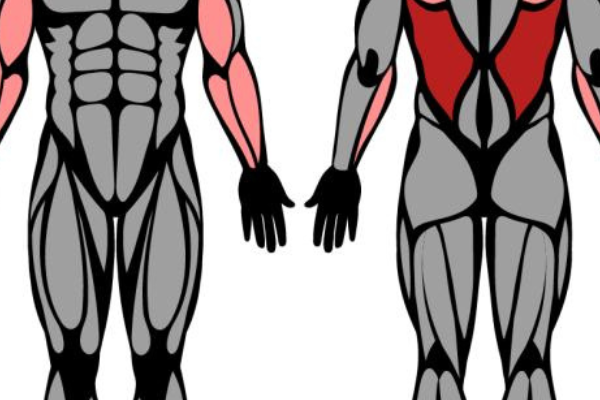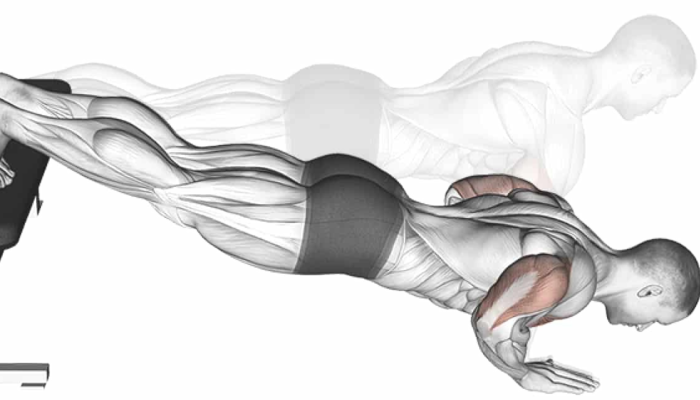
Sit-ups are a classic exercise with numerous benefits. This article will explore the advantages of incorporating sit-ups into your routine and provide a guide on how to perform them effectively. We’ll also look at alternative abdominal exercises and discuss when you might need to consult an exercise specialist.
Benefits
1. Core Strength
Sit-ups are renowned for enhancing core strength. By engaging the muscles in your abdomen, including the rectus abdominis and obliques, sit-ups help build a strong foundation. A strong core is essential for overall stability and can improve performance in various physical activities.
2. Improved Muscle Mass
Regular sit-ups contribute to increased muscle mass in the abdominal area. As you perform sit-ups, you work the muscles in your core, leading to greater muscle definition and strength. This can help in achieving a more toned and muscular midsection.
3. Athletic Performance
Strong abdominal muscles are crucial for athletes. Sit-ups enhance core strength, which can translate to better performance in sports. Whether you’re running, jumping, or engaging in other athletic activities, a solid core improves power, balance, and coordination.
4. Better Balance and Stability
Performing sit-ups regularly can improve your balance and stability. By strengthening your core muscles, you enhance your body’s ability to maintain equilibrium, reducing the risk of falls and injuries during physical activities.
5. Increased Flexibility
Sit-ups also contribute to increased flexibility, particularly in the hip flexors and lower back. This improved flexibility can enhance your range of motion and reduce stiffness, making physical activities more comfortable and efficient.
6. Improved Posture
A strong core supports better posture. Sit-ups help strengthen the muscles responsible for maintaining proper alignment of the spine, which can lead to a reduction in slouching and an improvement in overall posture.
7. Reduced Risk of Back Pain and Injury
Strengthening your abdominal muscles through sit-ups can reduce the risk of back pain and injury. A strong core supports the spine and helps alleviate the strain on the lower back, which can be particularly beneficial for those with a history of back issues.
8. Diaphragm Strengthening
Sit-ups engage not only your abdominal muscles but also your diaphragm. This engagement can strengthen your diaphragm, leading to improved breathing efficiency and overall respiratory health.
9. Academic Achievement
Surprisingly, sit-ups can also have an impact on academic performance. A strong core supports better posture and overall health, which can contribute to improved focus and cognitive function. Regular physical activity, including sit-ups, has been linked to better academic achievement.
Exercises
Traditional Sit-Ups
Traditional sit-ups are a fundamental exercise for targeting the abdominal muscles. To perform them:
- Lie on your back with your knees bent and feet flat on the floor.
- Place your hands behind your head or crossed over your chest.
- Engage your core and lift your upper body towards your knees.
- Slowly lower back down to the starting position.
Stability Ball Sit-Ups
Stability ball sit-ups add an extra challenge by incorporating a stability ball. To do them:
- Sit on a stability ball with your feet flat on the floor.
- Roll down until your lower back is supported by the ball.
- Perform a sit-up by lifting your upper body while keeping your lower back stable on the ball.
V-Sits
V-sits are an advanced variation that targets the entire core. Follow these steps:
- Sit on the floor with your legs extended and your torso upright.
- Lean back slightly and lift your legs off the ground, creating a V shape with your body.
- Hold the position for a few seconds before lowering back down.
Elbow-to-Knee Sit-Ups
Elbow-to-knee sit-ups are effective for working the obliques. Here’s how:
- Lie on your back with your knees bent and hands behind your head.
- Lift your head, shoulders, and one leg off the ground, bringing your elbow towards the opposite knee.
- Alternate sides in a controlled manner.
Alternative Abdominal Exercises
Plank
The plank is a great exercise for overall core strength. To perform a plank:
- Lie face down and lift your body onto your forearms and toes.
- Keep your body in a straight line from head to heels.
- Hold the position for as long as possible.
Suspended Mountain Climbers
Suspended mountain climbers add a dynamic element to your core workout. To do them:
- Place your hands on the floor or a stability ball and get into a plank position.
- Alternate bringing your knees towards your chest in a running motion.
Bridge
The bridge exercise targets the glutes and lower back while engaging the core. To perform a bridge:
- Lie on your back with your knees bent and feet flat on the floor.
- Lift your hips towards the ceiling, squeezing your glutes at the top.
- Lower back down slowly.
Results
Incorporating sit-ups into your exercise routine can lead to significant improvements in core strength, muscle mass, and overall physical performance. By combining sit-ups with alternative exercises, you can achieve a well-rounded abdominal workout that supports various fitness goals.
When to Talk with an Exercise Specialist
If you experience pain or discomfort while performing sit-ups or any other exercises, it’s essential to consult an exercise specialist. They can provide personalized guidance and help you modify exercises to suit your individual needs, ensuring you achieve the best results without risking injury.
The Bottom Line
Sit-ups offer numerous benefits, from enhancing core strength to improving athletic performance and posture. By incorporating sit-ups and related exercises into your routine, you can achieve a stronger, more flexible core and support your overall fitness goals. Remember to listen to your body and seek professional advice if needed to maximize the benefits of your workout regimen.
Detailed Exercise Instructions
Traditional Sit-Ups
Execution:
- Starting Position: Lie on your back on a flat surface, with your knees bent and feet firmly planted on the floor. Place your hands behind your head or cross them over your chest.
- Movement: Engage your core muscles and lift your upper body towards your knees. Exhale as you rise. Keep your lower back in contact with the floor.
- Return: Slowly lower your upper body back to the starting position, inhaling as you go. Maintain control throughout the movement.
Tips:
- Avoid pulling on your neck with your hands.
- Keep your feet anchored to prevent using momentum.
Stability Ball Sit-Ups
Execution:
- Starting Position: Sit on a stability ball with your feet shoulder-width apart and your knees bent. Roll your body down so that the ball supports your lower back.
- Movement: Perform a sit-up by engaging your core and lifting your torso towards your knees. Exhale during the upward movement.
- Return: Lower your torso back to the starting position, inhaling as you descend.
Tips:
- Ensure your lower back remains supported by the ball throughout the exercise.
- Keep your movements slow and controlled to maximize effectiveness.
V-Sits
Execution:
- Starting Position: Sit on the floor with your legs extended and your torso upright. Lean back slightly, creating a V shape with your body.
- Movement: Lift your legs and torso off the ground, holding the V position. Keep your core engaged.
- Hold: Maintain the position for a set duration, then slowly lower your legs and torso back to the floor.
Tips:
- Keep your back straight and avoid rounding your shoulders.
- Use your core muscles to maintain balance and stability.
Elbow-to-Knee Sit-Ups
Execution:
- Starting Position: Lie on your back with your knees bent and your hands behind your head. Lift your head, shoulders, and one leg off the floor.
- Movement: Bring your elbow towards the opposite knee, engaging your obliques. Exhale during this movement.
- Return: Lower back down and switch to the other side.
Tips:
- Focus on a controlled movement to engage your obliques effectively.
- Avoid straining your neck; keep your gaze forward.
Alternative Abdominal Exercises
Plank
Execution:
- Starting Position: Lie face down and lift your body onto your forearms and toes. Keep your body in a straight line from head to heels.
- Hold: Maintain this position for as long as possible, ensuring your hips do not sag or rise.
Tips:
- Engage your core throughout the hold.
- Breathe steadily and avoid holding your breath.
Suspended Mountain Climbers
Execution:
- Starting Position: Place your hands on the floor or a stability ball, and get into a plank position.
- Movement: Alternate bringing your knees towards your chest in a running motion, keeping your core engaged.
Tips:
- Keep your body as stable as possible to maximize core engagement.
- Move at a pace that allows you to maintain proper form.
Bridge
Execution:
- Starting Position: Lie on your back with your knees bent and feet flat on the floor. Place your arms at your sides.
- Movement: Lift your hips towards the ceiling, squeezing your glutes at the top. Hold briefly before lowering your hips back down.
Tips:
- Keep your shoulders and upper back on the floor throughout the movement.
- Focus on squeezing your glutes to lift your hips.
Expected Results
Incorporating sit-ups and their variations into your workout routine can lead to noticeable improvements in core strength, muscle definition, and overall fitness. Over time, you can expect to see:
- Enhanced Core Strength: Improved ability to support and stabilize your body during various activities.
- Increased Muscle Mass: Greater definition and strength in your abdominal muscles.
- Better Athletic Performance: Enhanced power, balance, and coordination in physical activities.
- Improved Posture and Flexibility: Better alignment and range of motion in your daily activities.
When to Talk with an Exercise Specialist
While sit-ups are beneficial, it’s important to consult with an exercise specialist if you:
- Experience Pain: If you feel discomfort or pain during or after sit-ups, it could indicate improper form or an underlying issue.
- Have a Preexisting Condition: Individuals with back issues or other health conditions should seek professional guidance to ensure exercises are performed safely.
- Seek Customized Advice: For personalized workout plans or adjustments to your routine, an exercise specialist can provide valuable insights.
The Bottom Line
Sit-ups are a versatile and effective exercise for strengthening the core and improving overall fitness. By incorporating various sit-up variations and alternative abdominal exercises into your routine, you can achieve a well-rounded workout that supports a range of health and fitness goals. Always listen to your body and seek professional advice if needed to ensure you maximize the benefits of your exercise routine while minimizing the risk of injury.
If you have any questions for us, you can see more at: heathcarenow, Youtube, Twitter(X),…
See more of our other articles: What is Jaw Pain ?, Catabolism vs. Anabolism: What’s the Difference?, Tennis Ball Massage for Myofascial Trigger Points





